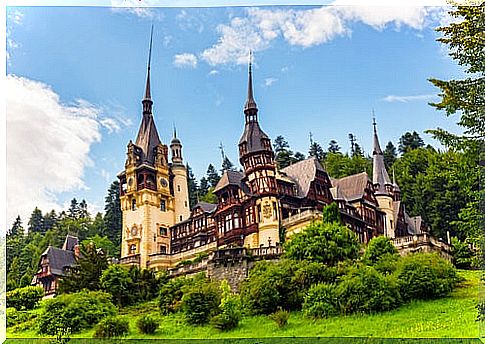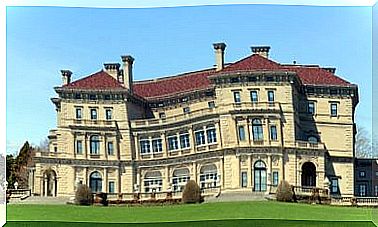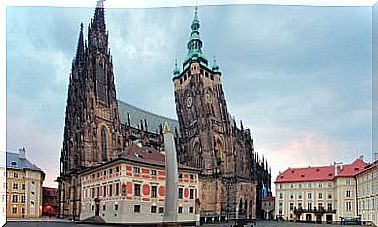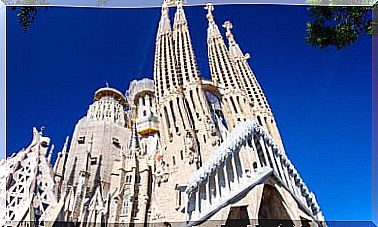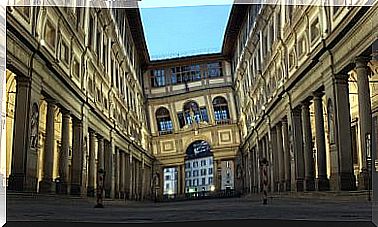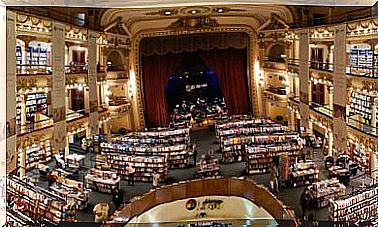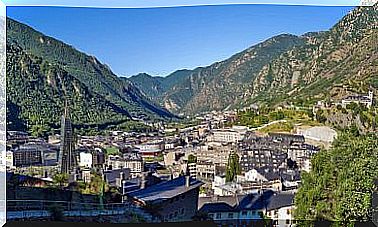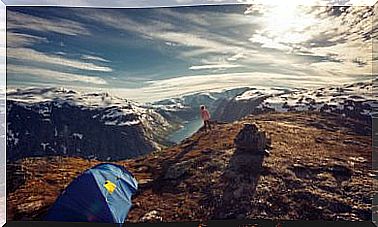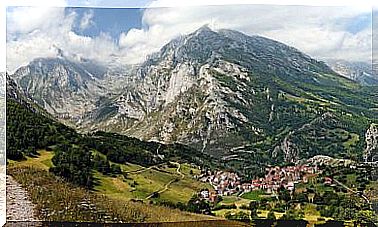Learn About The History Of Bran Castle In Romania
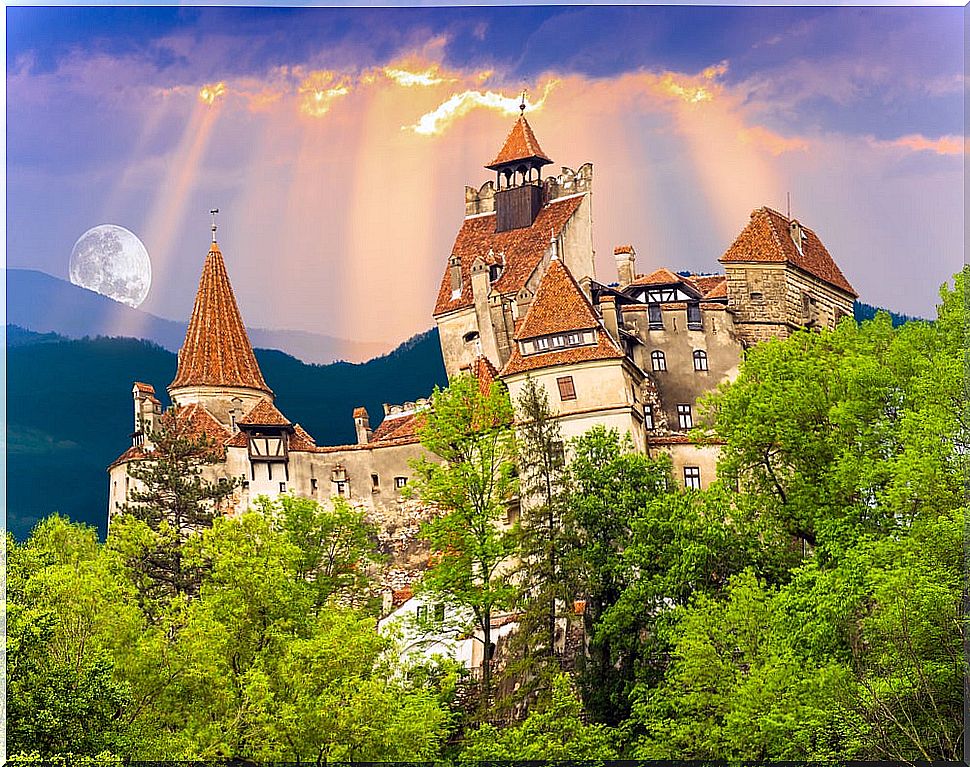
It is known to be the home of the terrifying Count Dracula. But the history of Bran Castle has little to do with fantasy, although you can feel the odd chill when imagining it. Do you want to visit it with us? Actually, it’s not that scary.
The history of Bran Castle
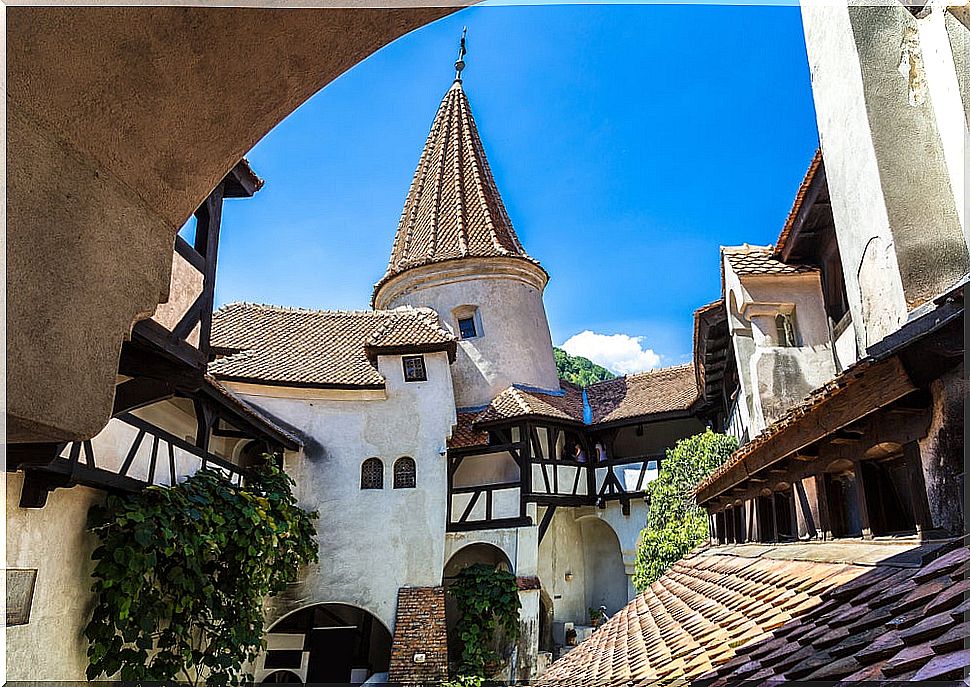
This castle is better known as “Dracula’s castle”, since Bram Stoker was inspired by it to create the abode of the most famous vampire in history. But to know its origin you have to go much further in time, several centuries before Dracula was born from the imagination of the Irish writer.
This castle is a medieval fortress from the 13th century that today is kept in an incredible state of conservation and that can be visited. A fortress that was never besieged and did not have great military importance, although it was literary, as we have seen.
In fact, the terrifying aura that surrounds it has made it one of the biggest attractions in Transylvania and Romania. What’s more, the character created around this castle became so famous that many believed it to be real. In fact, many still think so …
The beginning
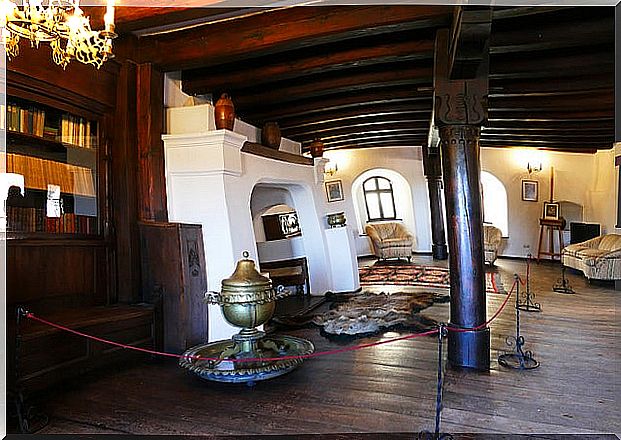
The castle was built, as we said, in the 13th century. It was the Teutonic Order that was in charge of its construction, when it suffered defeat in Israel and had to leave the Holy Land.
Due to its location between Transylvania and Wallachia, after suffering attacks by the Tartars and being destroyed, King Louis I of Hungary raised it again and decided to use the castle as a defense against Wallachian attacks.
After the First World War, Transylvania came under the ownership of the Kingdom of Romania and the castle was taken over by the administration. It was decided at that time to hand over the construction to the then Queen Maria, making it a royal residence.
The queen undertook a whole series of reforms in the castle, modernizing it and changing its decoration, which in part can still be seen today. Of course, the fortress continued to maintain that characteristic medieval air.
From there, the history of Bran Castle was closely linked to that of the country. It was seized during the communist period and returned to the Habsburg family after the 1989 Revolution.
The castle today
After regaining possession of the castle, the heirs of Queen Maria tried to sell it, but no operation was successful. In this way, today it is still in their hands and they are the ones who exploit it on a tourist level. Thus, Bran Castle has become an almost mandatory visit in Transylvania
Bran Castle and Dracula
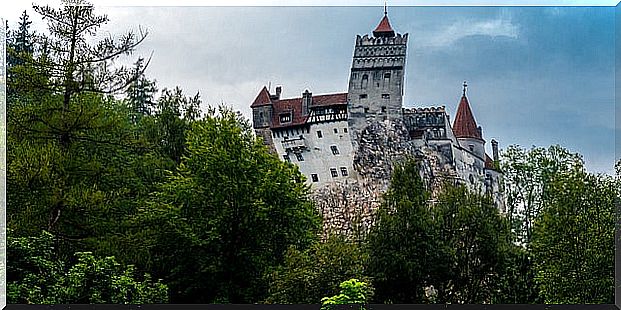
We have already seen that the story of Bran Castle has very little fantasy. So why is he so tied to the figure of Dracula? It has its explanation. Bram Stoker was a fan of castles, and it is said that he investigated this construction for inspiration from the vampire’s abode. But the truth is that the writer never visited Transylvania.
There is another curious question. It is also said that the inspiration for the myth was a real character: Vlad Tepes. This was a prince of Wallachia who lived in the 15th century and who had the custom to execute his enemies by the method of impalement, hence he is also known as Vlad the Impaler.
However, there is no real record that Vlad Tepes lived in Bran Castle. It is simply said that he spent a few days in it. Even so, the legend awakened the imagination and creativity of the writer to create his greatest work.
As you can see, in the story of Bran Castle, reality and fantasy merge. A terrifying castle in the literary sense, but of great beauty when actually visited. In any case, it is a mandatory stop if you visit Transylvania.
